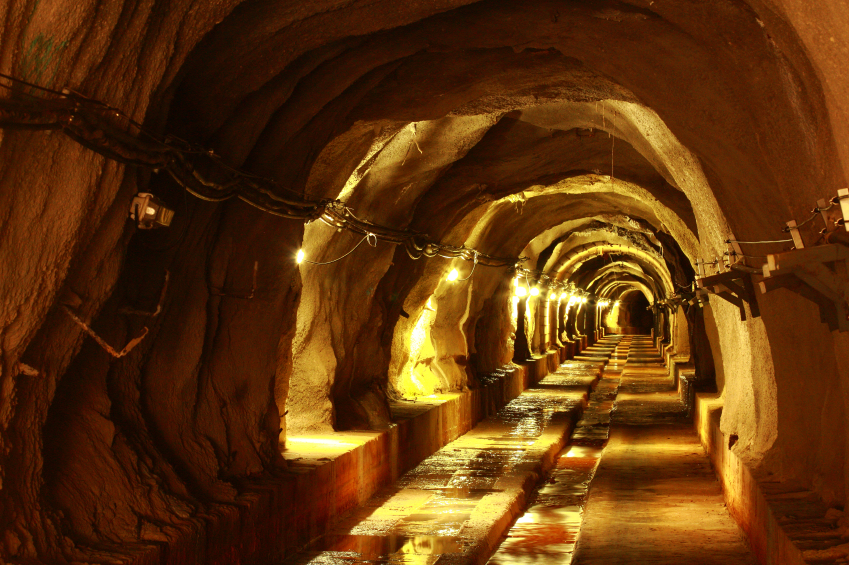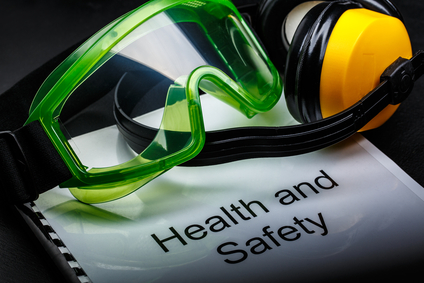Computer Hacks Every Farmer Should Know
Computer Hacks Every Farmer Should Know
Back in the day, farmers would use time-tested skills to bring in the herds and harvest the crops. Today, the modern farmer is given a powerful boost by some very high-tech gadgets. When the laptops, GPS and WiFi are working properly, they can be a huge help in tracking crop yields and predicting future growth patterns. However, all it takes is a single frozen display screen to bring your work to a screeching halt. As tempting as it might be to toss that computer into the combine, there are some simple computer hacks you can perform to get your computer back up and running.
Write Down Your Error Codes
A computer that refuses to boot up could present an error code on your start up screen. Jot down the error code for reference. Next, check your owner’s manual to find a troubleshoot fix related to that error code. If you have access to a second computer, do a Google search for the error code; between customer support sites and many computer users taking to forums to share solutions to computer questions and problems, chances are you will be able to find some helpful tips and tricks.
Write Down Your Calibration Values
Just because you enter data on a computer, that does not mean you shouldn’t have a hard copy of your information. Keep a record of any calibrations that might pertain to your yield monitors, acre counters or any other information that you need to enter into a program. Although they may help your computer system, some of the fixes you may need to perform could erase all of your stored data. If you have a notepad with the numbers you’ll be able to reenter your data, instead of having to start from scratch.
Forced Restart
When your computer freezes (it happens to everyone), try a forced restart. After turning off the computer, wait a full minute before restarting. This will give your system a chance to fully reboot and reconfigure. Hopefully, this will be the only fix you’ll need.
Power Down
If the forced restart of the computer doesn’t work, try powering down completely by turning off your tractor and unplugging the display. After 60 seconds, plug everything back in and restart. If there is still a problem you may want to try a cold boot. For this hack, you’ll need to shut down all power. That could mean disabling the tractor’s battery cable to remove any possibility of electrical power feeding into your unit.
Call For Help
If all of these reboot measures have failed, it’s time to call a service technician. Depending on the problem, they might be able to guide you through a solution over the phone, but when all else fails, bring in the service tech and let them work their magic.
Always Back Up
This is a lesson most people learn too late. You should get into the habit of backing up your data on a regular basis. Most systems allow for a regular backup and you can also make copies of your data onto a flash drive. This way in extreme failures, you’ll always have your data ready to reload in to a new system.







